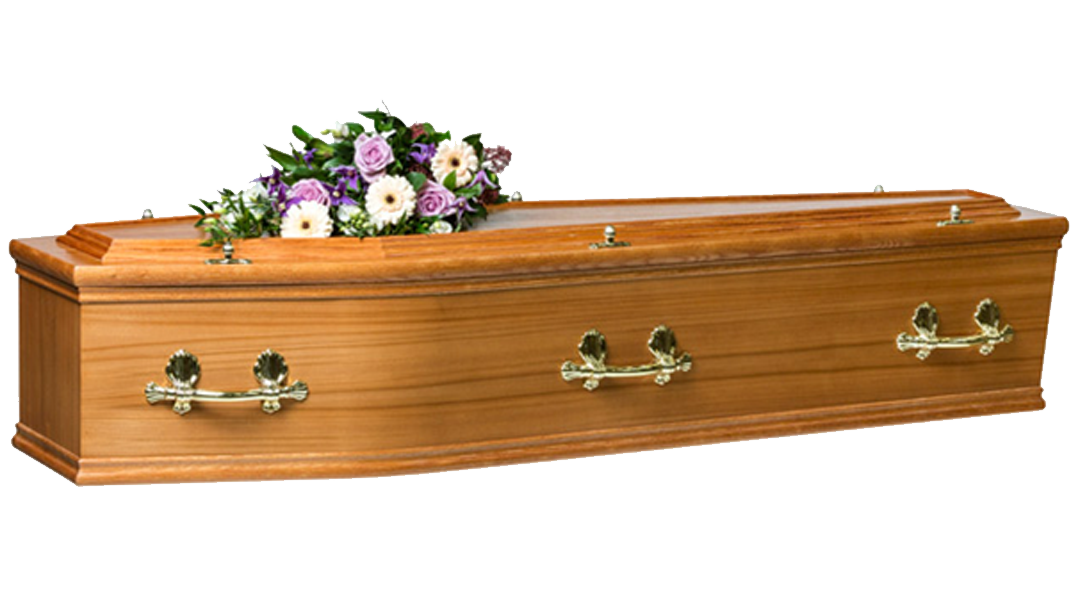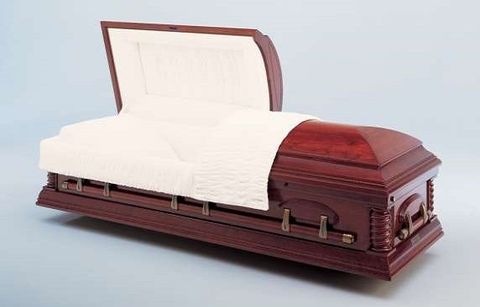
When choosing a Daisybox, you'll be commemorating the life of a departed liked one in the most personalised and dignified way. You or your family and friends can DIY decorate or have a preferred image printed or painted all over a Daisybox, as a last visual and discussion starter for all to value a life well-lived. The last innovative result is completely up to you, with a growing global network of artists, printers and funeral arrangers ready to embrace your bespoke style requirements.
If a tailored service is not what you're trying to find, then an ignored, affordable direct-cremation, followed by a memorial service or gathering is also commonly experimented a Daisybox "Standard" coffin.
The truth there is now an alternative to an expensive metal, timber or engineered wood casket or coffin, is a much-requested truth.
Our group is developing a worldwide network of funeral arrangers who're delighted to offer a low-cost Daisybox as part of a tailored funeral service. There is no time at all like today to make sure that customer households have a large alternative of options than the conventional ways. Funeral arrangers who embrace Daisybox ® are both innovative and watchful to the altering nature of customer families.
Honouring the dead has been important throughout history. However how did our forefathers bury their liked ones, what has changed and what has stayed the same? Learn in our quick history of coffins.
Stone Age burials
Neanderthals living in Eurasia 600,000 years ago buried their dead in shallow graves with a couple of individual mementos such as tools. These burials were very simple and generally worked as a way to discourage scavengers. Recent discoveries reveal later on Neanderthals performed ancient burial rites. A 50,000-year-old skeleton discovered in a collapse France has actually lead researchers to believe that people would ceremoniously bury their dead even as far back as the Stone Age. Some Neanderthals embellished themselves with homemade jewellery including different pigments, feathers and shells.
Ancient Egyptians
The Egyptians were specialists at mummifying whatever, from people to crocodiles. They held a strong belief that death was merely a barrier to the afterlife and they maintained the body so the spirit of "Ka" could guide them to paradise. Apart from the heart, which was required for the Hall of Judgement, all organs were secured and the body was embalmed and wrapped in linen. Much like today, there were a range of 'mummification plans' so that everyone from the very rich to the impoverished could mummify their loved ones and guarantee they had a safe journey to the afterlife.

Middle ages coffin making
We'll never understand how popular wooden coffins were throughout Middle ages times due to the easy fact that the majority of them have actually disintegrated. Caskets made from lead and stone were scheduled for the very rich or extremely important. The shape of these diverse extremely from today's coffins; they were a rectangular-shaped alcove carved into stone, with a rounded circle at the top for the head - the best shape for a person. An example of this can be found in the Greyfriars graveyard in Leicester, where Richard III was found. The lead casket encased by a bigger stone casket contained the body of an old woman, who was said to be a crucial benefactor of Greyfriars between the 1200s and 1400s.
American Civil War
Although the French were the first to coin the term 'casket', taken from the Greek term for 'basket,' it wasn't until the American Civil War started in 1861 that coffins were widely utilized. Using them to transport dead soldiers securely and safely, Americans started to standardize the casket we know today. American Civil War caskets were typically created from old wood furnishings as they were needed. The initial coffins soon streamlined into 'caskets' - the difference being that caskets have six sides and coffins have 4 sides.
Victorian coffins
The very first casket factory museum opened recently in Birmingham. Previously one of Britain's most famous casket makers, the Newman Brothers Coffin Furnishings Factory catered for the Victorians' 'fascination' with death. In the Victorian era, funeral services were a big get more info event and individuals would spend a lot of cash on the event - consisting of trimmings such as brass deals with, burial shrouds, breastplates and grave accessories. Burial vaults were particularly popular and the caskets predestined for the vaults consisted of 3 layers - one of which was lead. It wasn't unusual for these caskets to weigh up to a quarter of a tonne.
Caskets today
Modern funerals are viewed as a chance to celebrate life and an opportunity to provide the individual a send-off that fits their style and character. Today, over 75% of individuals are cremated, but even in a cremation, the casket is an essential way to show and remember the character of the deceased. Whether it's a wise gloss-black casket or a coffin inspired by the person's favourite football club-- there is a substantial variety of alternatives offered to families. There is likewise a rising variety of people going with environmentally friendly coffins and even 'natural burial pods' where your loved one's remains will support the development of a tree.